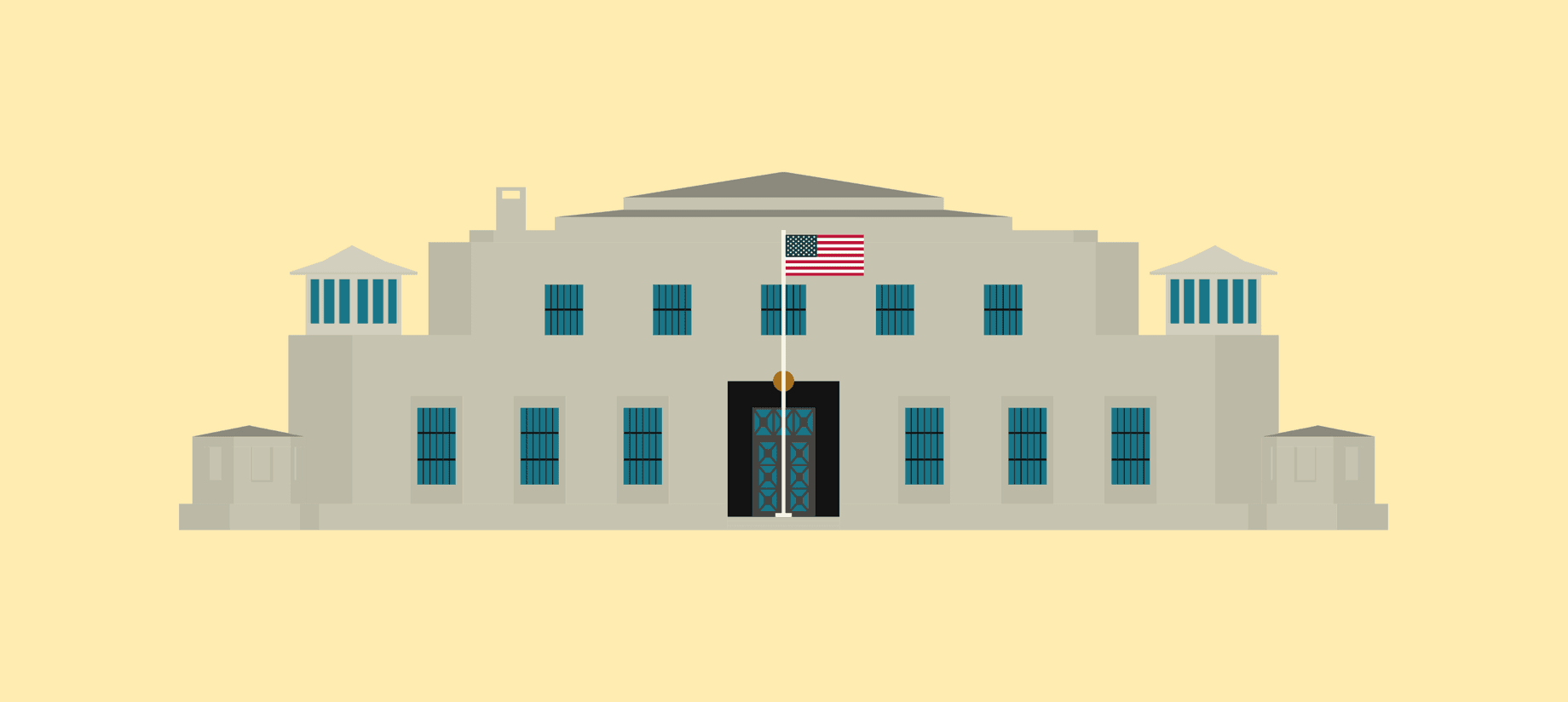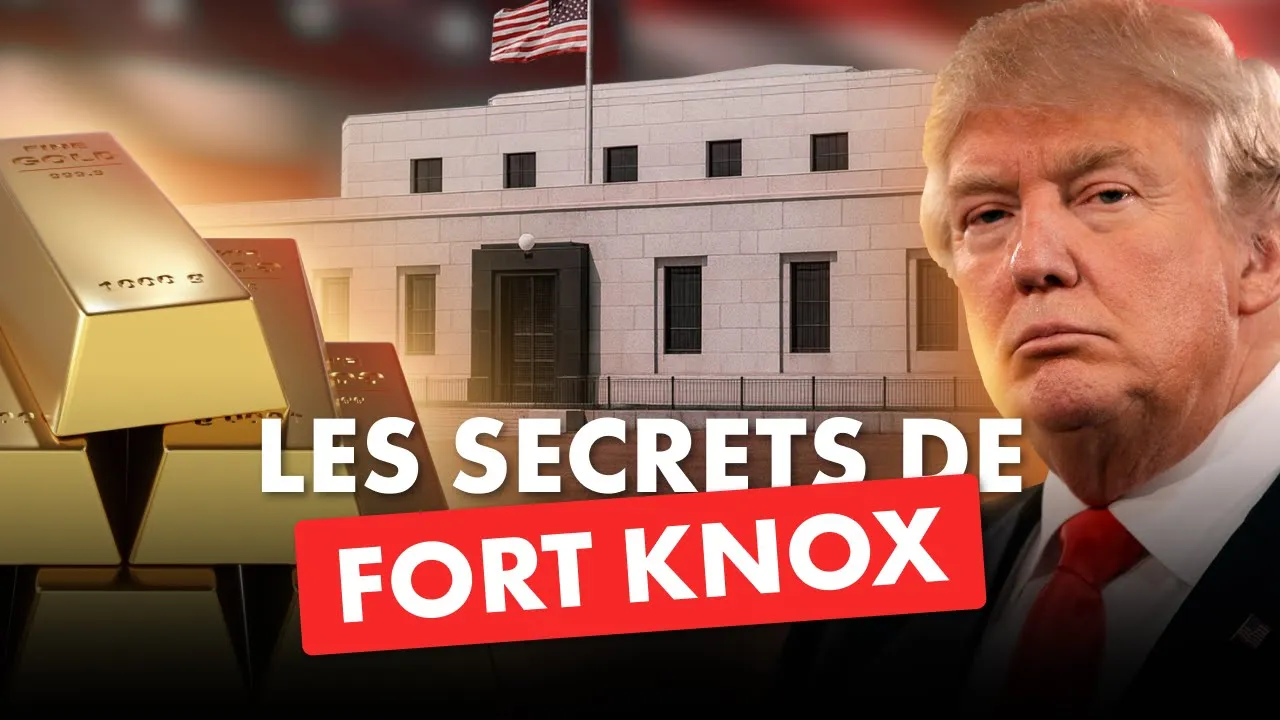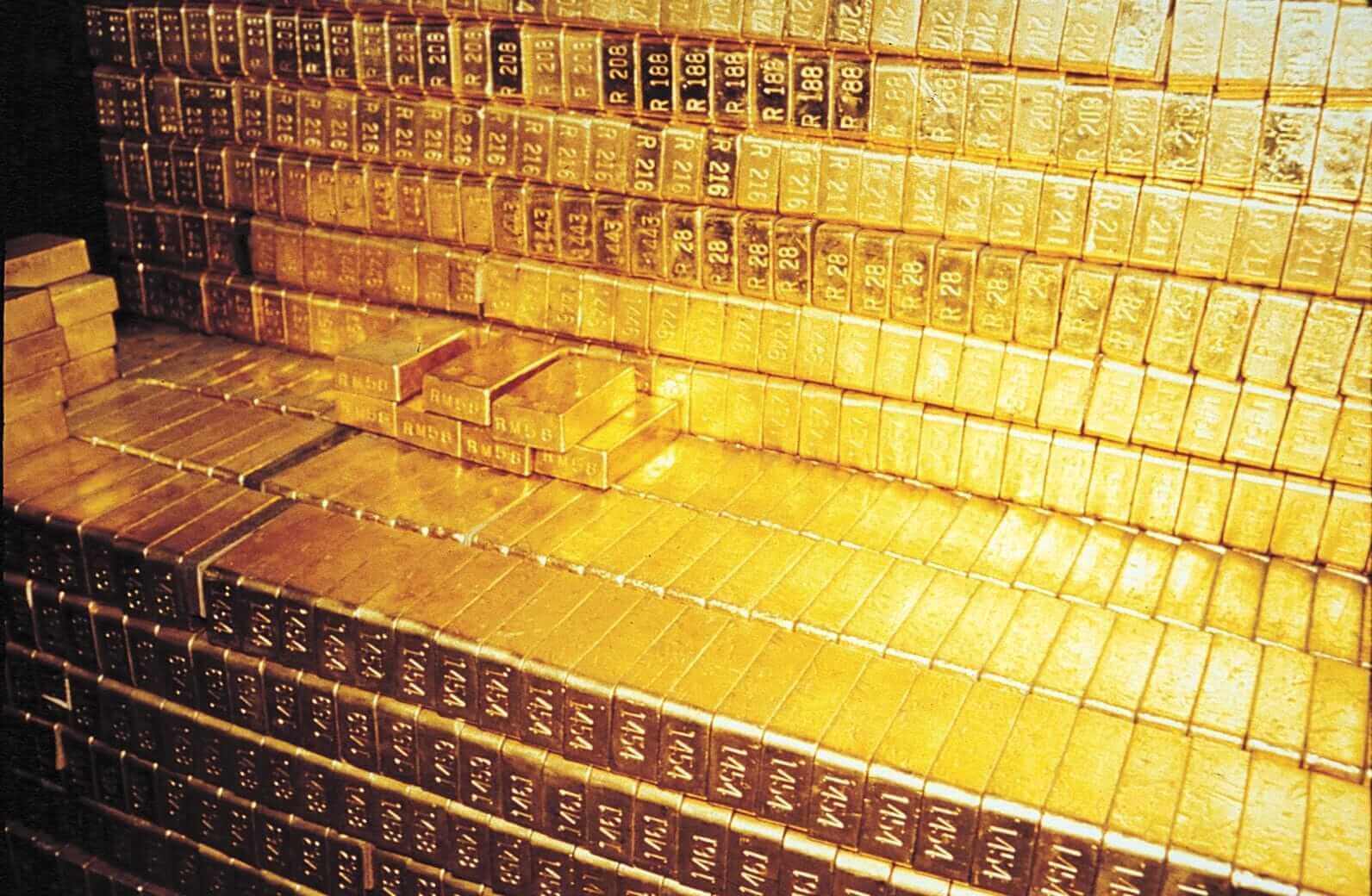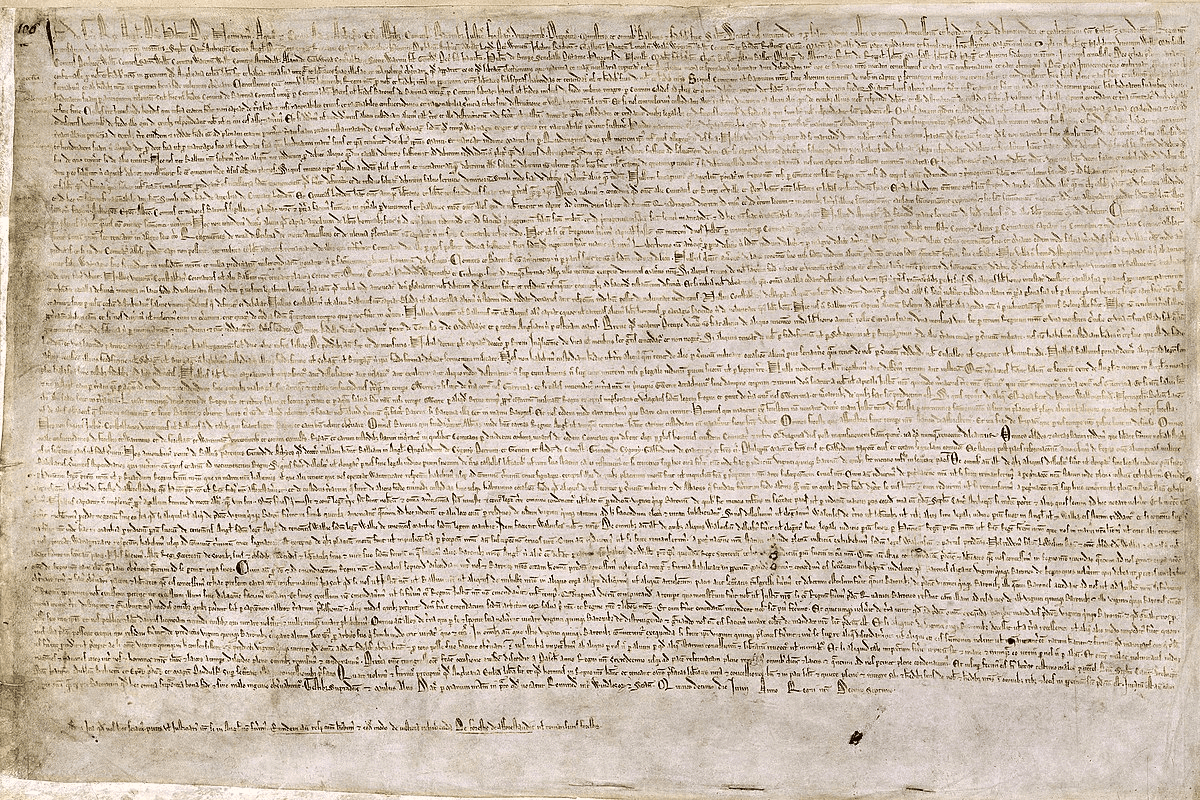The Golden Secret of Fort Knox

Fort Knox holds more secrets than we will ever know, but the biggest one is: how much gold, if any, is there in America’s most famous bullion bunker?




Fort Knox holds more secrets than we will ever know, but the biggest one is: how much gold, if any, is there in America’s most famous bullion bunker?


